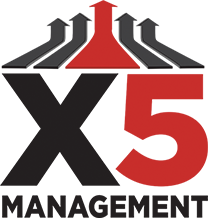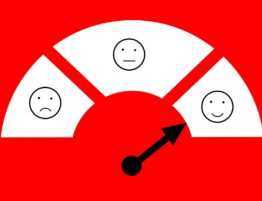Guest blog by Dennis Bridges, MBA
In his blog post on April 26, 2012, Mike Mack discussed well defined business process and its relevance with respect to making businesses more efficient. I recently attended a Synergy Networking Group breakfast (Edmonton), at which, Don Kaisian of Kaisian Architecture Interior Design and Planning, was the guest speaker. As a result of his presentation, I discovered that the benefits of process reach well beyond day-to-day business operations. He described how they have actually made his architectural firm design more functional and inspiring structures.
In a rapidly-changing global economy, businesses are constantly searching for ways to uniquely enhance any aspect of their offering or operation in order to achieve or sustain a competitive advantage. A firm’s ability to creatively improve or adapt can mean the difference between rising above the competition and being left behind.
If you acknowledge the value of creativity in business, you may ask the question, “is creativity innate? Do creative ideas just come out of nowhere?” No, research shows that creativity in the human mind is subject to the associations, that mind has formed. Stimulation and practice determines how quickly, easily and effectively these associations can be formed and accessed. As soon as an individual is born their brain begins developing associations that allow the mind to access information in a quick and streamlined fashion. This is mechanism is advantageous for becoming proficient at simple everyday tasks. However, when it comes to being creative, this mechanism can serve as a hindrance. We can end up perpetually utilizing the dominate and dependable associations in our mind, which further fortifies these associations, and makes us more likely to continue thinking about things a certain way. As a result, the efficiency of our minds can actually get in our way, when we are trying to generate creative ideas.
How can you be more creative when it comes to your business? Using processes can actually help the mind to create new associations and develop new ideas. A simple example of this type of process is referred to as reverse brainstorming. Begin with a positive, How do (can) we…… statement. For example, “How can we increase sales of product X in segment Y?” Then reverse it: “How can we decrease sales of product X in segment Y?” You will find that this forces you to attack the problem or opportunity from a fresh perspective. Once these ideas are reversed again they may trigger a so called “ah ha” moment.
There are many different creativity techniques and tools available for groups or individuals that help unpack problems, generate radical ideas and arrive at new solutions. What is common between all of these techniques and tools is process. Thus, process, contrary to popular belief, is not only important for directly increasing efficiency and profitability. It is an avenue through which you can focus and challenge your mind and the minds of your employees and should not be thought of as something that stifles creativity, but rather, something that channels it.








